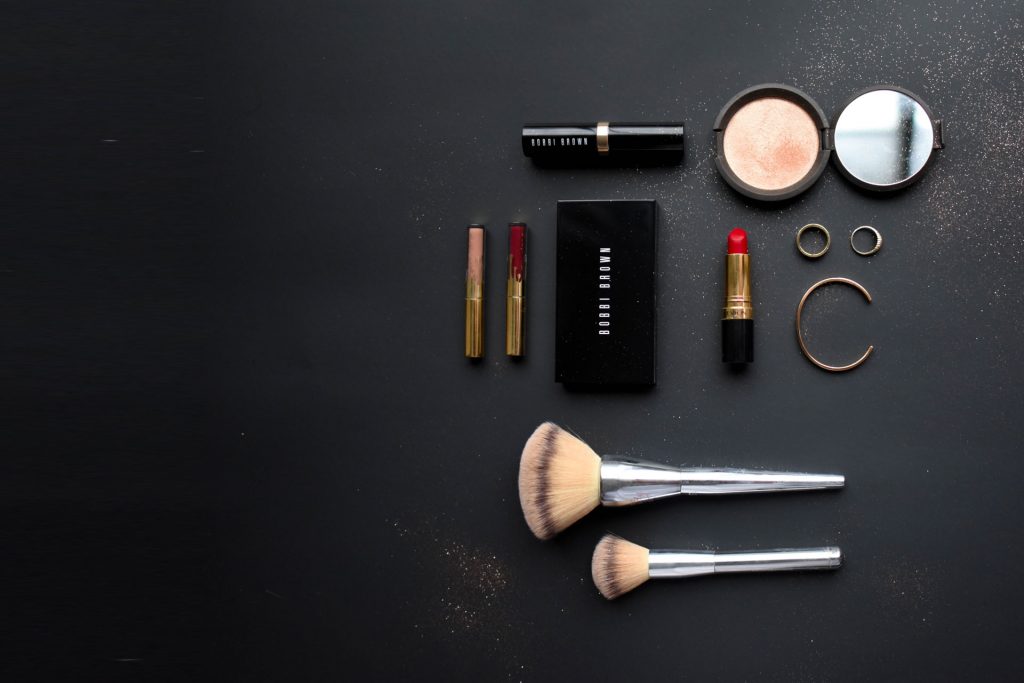non-toxic living
Non-Toxic Living 101: The Surprising Way to Save Tons of Money
october 20, 2025

I first got into all of these a non-toxic lifestyle after dealing with a serious health issue.
It made me realize how much our surroundings quietly shape how we feel every single day — even something as simple as what we cook with or breathe in at home.
I started asking myself how I could create a toxic free home environment that actually supports my body instead of slowly draining it. Here’s how.
What is non-toxic living?
Non-toxic living, for me, isn’t about going off-grid. From day one my goal has been simple: lower unnecessary exposure in everyday life. I love living in a modern city, so I focus on what I can actually control — my home, the food I eat, the air I breathe, and the way I think. I’m talking about things you’ve probably heard about already—Teflon pans, scented candles, plug-in air fresheners, and those sneaky microplastics woven into our clothes and linens.

That’s exactly where small, practical changes matter—no all-or-nothing. Because “toxic” doesn’t only mean chemicals—it also means mental clutter and an overstimulating environment.
Real change begins in your mind
I went to therapy while my circle quietly reshaped itself. The people around you rewire you—your nervous system feels it first. That’s when I encountered the Access Consciousness approach (see critical review by the McGill Office for Science & Society).
I don’t follow it line by line, but the practice of awareness slipped into my everyday life and stayed. Nikolett’s content nudged me to read my days differently, to plant small, conscious choices into ordinary moments—my way, simpler, cleaner. Long story short: one choice pulled the next, and eventually I crossed a border. I changed countries. I live in Iceland now.

Clean Up Your Plate, Not Your Wallet
First Steps: Start with Curiosity
If you’re exploring non-toxic living on a budget, start with curiosity.
I started listening to podcasts, picking up books, and falling down little article rabbit holes—slowly, gently, step by step—swapping out budget-friendly non-toxic swaps in my environment. The finish line is a long way off (and that’s okay) because this isn’t a pushy sprint; it’s me following what resonates to reduce toxins at home and letting the learning stay light, intuitive, and mine.
Food as a Turning Point
If I remember right, food was the first big shift. I kept seeing the same notes everywhere—eat less sugar. Skip the additives. Go easy on ultra-processed food—public health folks have been waving that flag for years. As highlighted by the Harvard T.H. Chan School of Public Health (Harvard School of Public Health), higher intake of ultra-processed foods is linked with greater long-term disease risk. Following that thread, I landed on a nutritarian way of eating—what I call eating clean. And yes: this “clean plate” idea is one of the pillars of my low-tox life.
I’m not going to sugarcoat it: this is a process. I’m somewhere in the middle. I don’t do it 100 percent, because perfection isn’t the goal—stability is.
The Realization: Health Comes With Savings
Here’s the heart of it—what this whole piece is really about: if you create a home setup where you can make basic foods from scratch, you only buy ingredients. That’s it. And when you shop for ingredients instead of pre-made, my grocery bill—on average—dropped to about a third to a quarter of what it used to be. That was my first big clue that this path wasn’t just good for my body; it was good for my wallet, too.
Once I shifted to a very different way of eating, people kept asking me how.
How do you do it?
So… what do you eat?
But isn’t sugar in everything?
Where do you find the time?
And the money—aren’t “organic” things ridiculously expensive?
Picture this: you walk into a supermarket and clean eating on a budget actually saves you time and money. My route got simple. I skip most aisles. I head for produce, the baking/flours section, a few organic canned goods, and—because I’m plant-based and make my vegan milk at home—maybe the paper goods aisle. That’s it. Less wandering, fewer decisions, fewer impulse buys. I gain back time by not touring the whole store.
On a recent big shop, my partner (he’s a chef) and I filled a cart with real staples and walked to the register. In Iceland, where groceries are no joke, I still paid about a third of what I expected. People often misread the math: a lot of budget-friendly pantry staples (vegetables, beans, grains, a pricier seed or flour here and there) still undercut frozen pizza, sodas, snacks—and the biggest ticket items: meat and dairy.
For me, nutritarian means plant-based, whole-food: I try to get the most nutrition into each bite. That’s my choice; nutritarianism itself isn’t about banning animal products, but I’m all-in on plants. And “clean” isn’t a label I buy—it’s a practice. I cook with ingredients, not flavor packets. No instant bouillon with sugar and additives sneaking into a soup I made from chopped vegetables at home. That’s what “clean” means to me: no shortcuts that re-introduce the very stuff I’m trying to avoid.
I also make plant milk at home. Almond is my favorite, but oat or coconut works too. A small machine turns it into a liter in about 30 minutes. Easy. It’s how I do clean eating on a budget—fewer products, more ingredients.
Why It Matters: Your Body Feels It—So Do Your Days
Our environment and our habits load us up—quietly, daily. What we breathe. What we cook in. What we wash with. What we put on our skin. You don’t have to fear everything; you just need less of the usual triggers. For many people, heavy fragrances, paraffin candles, and aerosol sprays mean headaches or that telltale scratchy throat. Small swaps → big difference: fewer synthetic fragrances = cleaner-feeling air at home, steadier sleep, fewer skin flare-ups. The changes won’t be dramatic; they accumulate. And then, almost without trying, most days feel better.

We spend so much of our time indoors and in our home, which is why creating a non-toxic home and practicing non-toxic living is an important part of caring for your health and wellbeing.
We spend so much of our time indoors and in our home, which is why creating a non-toxic home and practicing non-toxic living is an important part of caring for your health and wellbeing.
— McKel Hill Kooienga, MS, RDN, LDN (Nutrition Stripped)
Non-toxic living ≠ Perfection
This is not a “I’m throwing everything out tomorrow” project. Don’t do that – real change doesn’t need drama. Sure, there are exceptions—quitting smoking can be an overnight decision. I’ve done that. But reshaping your entire home life is about order and impact: start with the big wins that cost less, then go deeper if it feels good. The goal isn’t extremism; it’s regaining control: fewer unnecessary irritants, more money left over.
The biggest shift for me? I stopped craving products, stuff, flavors. I started seeing through the marketing, and I felt proud every time I said no. Those were the moments I chose myself. That’s me choosing me. And when old reflexes called—bakery smells, pizza with friends, a steak on the grill—I named it and moved on. I lived 34 years one way: would I give myself 34 to change it fully? (I doubt I’ll need that long.)
I had the slice. The next day I went back to nutritarian, clean, from-scratch food. No drama.
Start small. Keep going.
3 Quick Swaps You Can Make Today
Let’s start soft and budget-friendly. No panic, no perfection—just three easy, low-cost non-toxic swaps you can do right away.
A Cleaner Life Costs Less Than You Think
This is just the beginning of living cleaner. Non-toxic living isn’t a luxury—it’s a return to what’s simple and natural. Choose just one swap from the three above today and you’re already closer to a cleaner, cheaper, calmer home.
Frequently Asked Questions (FAQs)
A practical approach to reducing common irritants at home—materials, cookware, fragrances, and food choices—so your everyday environment supports your health without going extreme.
Yes—beyond feeling better at home, ingredient-first cooking and simpler materials can lower your grocery and household spend over time.
Glass or stainless containers, beeswax (or lighter-scent) candles, and cast iron instead of Teflon. They’re low-cost, high-impact, and easy to implement.
Begin with small, budget-friendly swaps you use daily: glass/stainless storage, fewer synthetic fragrances, and a cast-iron skillet. One swap this week beats an all-at-once overhaul.
Look for common triggers: heavy synthetic fragrances, paraffin candles, aerosol sprays, scratched nonstick cookware, and ultra-processed food reliance. If symptoms improve when you dial these down, you have your answer.
Not necessarily. My approach is nutritarian—plant-based, whole-food—aimed at more nutrition per bite; you can adapt it to your preferences.
